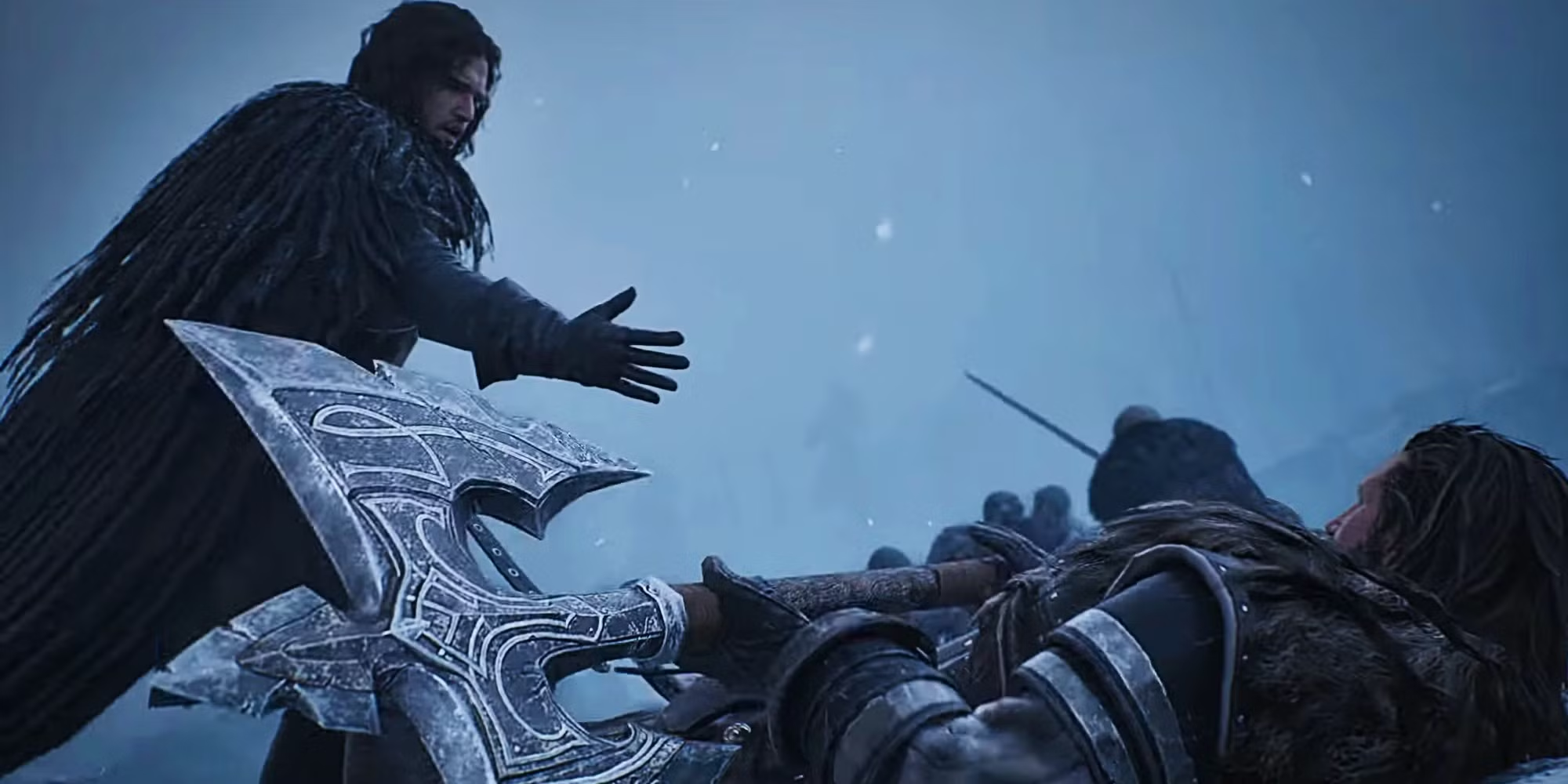In popular culture, the Iron Throne has come to represent authority in the fictional universe. It is a symbol of an absolute rule that corrupted those who attempted to seize it for themselves. The Iron Throne has seen the rise and fall of many kings (and queens). Many people are drawn to the ambition to rule all of Westeros, and many of them stake their claims to the Iron Throne. However, the iconic throne has itself gone through a lot of changes over the years.
🔥🐉 Eager for the latest House of the Dragon updates? Join the conversation on our PopCulture Discord group 🔥🐉
How the Iron Throne changes over the years
House of the Dragon showrunner Ryan Condal once talked with Vanity Fair about the iconic prop from Game of Thrones, “We went into the series knowing that this was a time of high decadence. We consider this the apex of the Targaryen empire, so we really wanted to communicate this idea of wealth and prosperity and the fact that there had been six years of peace. The Targaryens really were able to develop all the nice things that happened: peacetime, statues and art, and roads and fountains.”
Robert Baratheon was not a progressive leader
Condal went on to describe what else led to Westeros’ dire conditions in Game of Thrones, “I think the original Game of Thrones feels…some of this is due to just, those poor guys had a fifth of the resources that we have now. But thanks to the great success that they earned along the way, we were just given it when we walked in the door.
We used that to really make this seem like the previous [show] feels like an empire in decay, the great dynasty has fallen, the Targaryens are gone. They’ve been replaced by Robert Baratheon, who is not known for being a progressive leader who puts coin back into the betterment of the kingdom.”




















![[Book Review] The Blade Itself (The First Law Trilogy) by Joe Abercrombie](https://bendthekneegot.com/wp-content/uploads/2018/01/1516047103_maxresdefault-218x150.jpg)

















